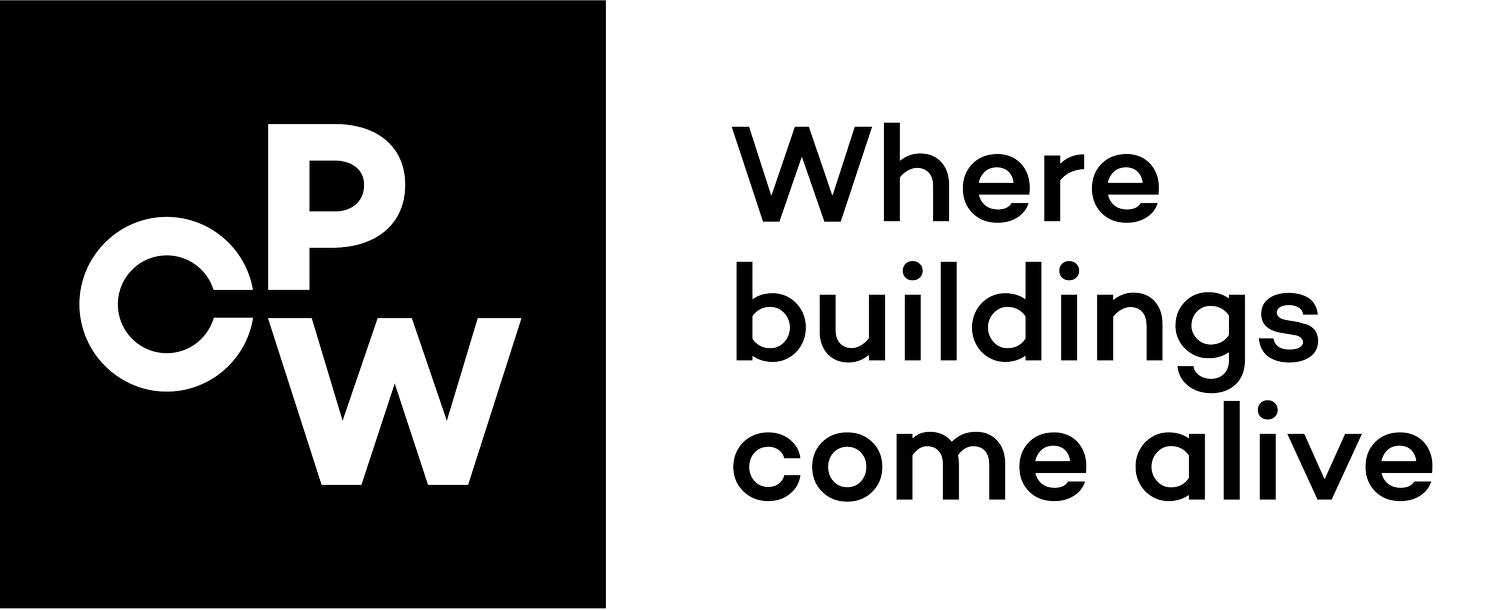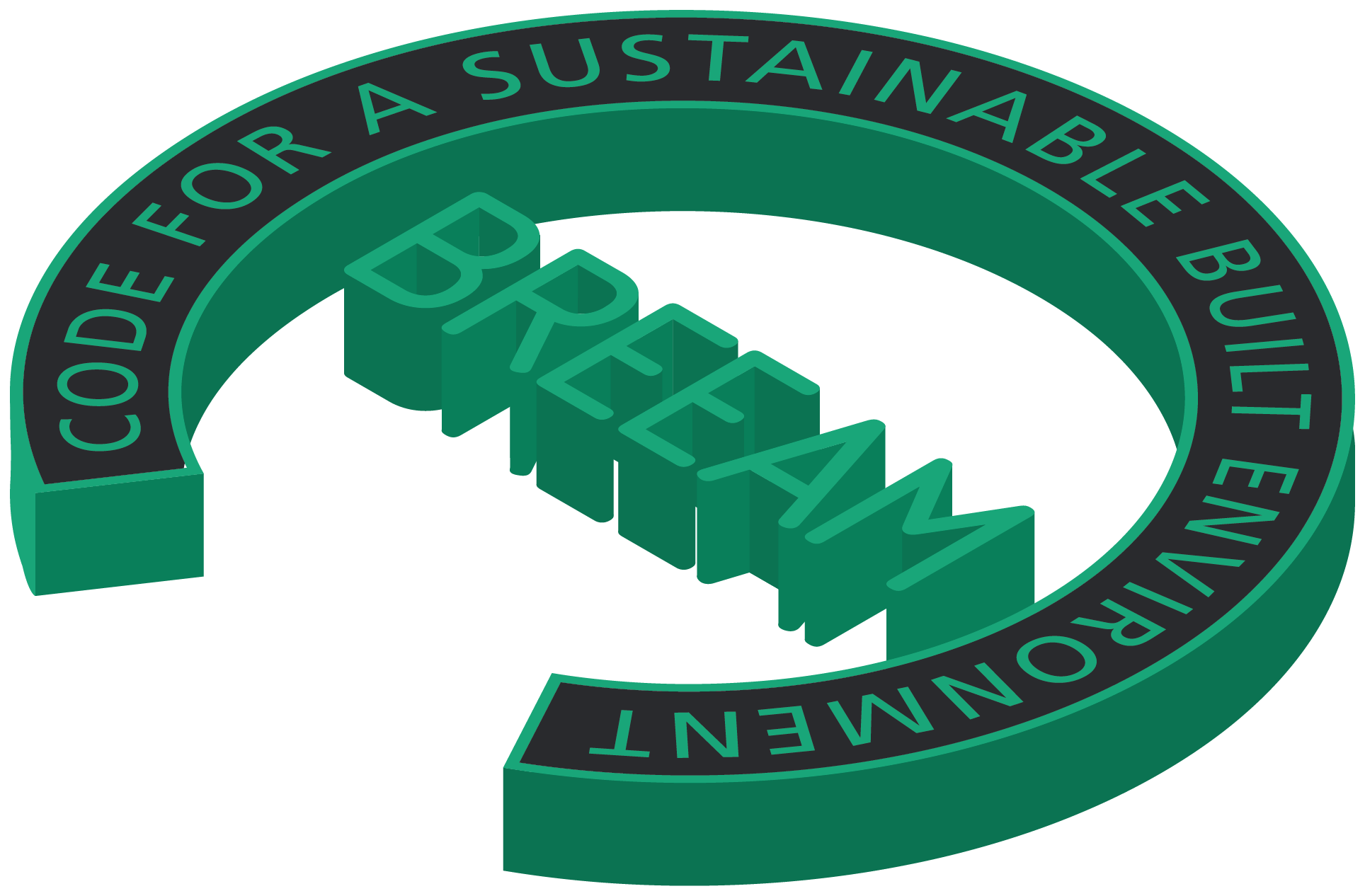What Is BREEAM In-Use and Why Does It Matter?
By 2050, it's estimated that over 80% of the buildings that will be in use already exist today. While new developments are increasingly designed with sustainability in mind, the bigger challenge is how our existing assets perform day-to-day. Many continue to consume excessive energy, generate high levels of carbon emissions, and fall short when it comes to occupant wellbeing.
BREEAM In-Use provides a recognised framework to measure and improve that operational performance.
What is BREEAM in-use?
Developed by the Building Research Establishment (BRE), BREEAM In-Use is an internationally recognised certification scheme designed to assess and improve environmental performance of existing commercial and residential buildings, throughout their operational life.
Unlike assessments tied to design or construction phases, BREEAM In-Use focuses on how buildings perform day-to-day, and is structured into two parts:
Asset Performance - assesses the building’s performance of physical characteristics, such as fabric, systems and location.
Building Management - evaluates how efficiently and effectively the asset is managed and maintained.
This flexible structure means assessments can be tailored to reflect who controls each part of the building’s operation - whether it’s the owner, facilities manager or tenant.
Who is it for?
BREEAM In-Use is particularly relevant to:
Property owners looking to protect and enhance the value of their assets.
Facilities managers seeking performance improvements and operational cost reductions.
Occupiers interested in wellness, energy efficiency, and ESG performance.
Building services engineers and consultants supporting post-occupancy performance improvements (e.g. energy optimisation and indoor environmental quality).
Asset managers and investors seeking to report on sustainability credentials, record key in-use performance indicators, and benchmark progress towards sustainability goals.
It’s also ideal for organisations managing multiple buildings, such as universities, healthcare trusts, and commercial or residential developers - providing a consistent framework to benchmark performance across an entire estate.
Why it matters to the built environment
For many organisations, the benefits of BREEAM In-Use stretch far beyond achieving a rating.
By providing a structured, data-driven way to measure and benchmark the environmental performance of existing assets, the scheme can increase an asset’s market appeal, supporting both rental demand and long-term sales value. Its focus on real-world operational outcomes makes it especially valuable for tracking and reducing energy use, improving resource efficiency, and enhancing indoor environmental quality.
While BREEAM In-Use does not directly address embodied carbon, the insights it generates on operational performance provide a crucial foundation for organisations developing net zero carbon strategies and broader ESG commitments. This operational focus complements the whole-life carbon emphasis in BREEAM V7, ensuring that both new developments and existing assets can be assessed in ways that align with the industry’s net zero ambitions.
From a financial perspective, BREEAM In-Use can help reduce operational costs through efficiency improvements in areas such as energy use, water management, and waste reduction. It also consolidates multiple sustainability outcomes into a single assessment, simplifying reporting, meeting disclosure requirements, and satisfying stakeholder expectations.
The certification provides independent, third-party verification of building performance, enhancing credibility in procurement processes and strengthening an organisation’s reputation. By improving both the environmental and social value of a property, BREEAM In-Use can deliver long-term resilience for owners and building operators.
The standard is applicable internationally, with locally adapted versions operated by National Scheme Operators in Austria, Germany, the Netherlands, Spain, and Switzerland.
What’s changing? Trends to watch
The industry is moving rapidly toward performance-based outcomes, and BREEAM In-Use is evolving to keep pace. One of the key developments is its closer alignment with NABERS UK, particularly in the areas of operational energy use and performance verification.
There is also a growing emphasis on indoor environmental quality, with increased attention to lighting, air quality and acoustics.
As operational performance becomes ever more central to sustainability strategies, there is a growing focus on using data-driven tools, such as SMART building systems and digital twins - to capture detailed, real-time insights on energy, water and resource use. These insights help organisations benchmark performance, identify inefficiencies and inform net zero carbon strategies. Schemes like the UK Net Zero Carbon Building Standard (UK NZCBS) complement this approach by providing a structured framework for assessing and improving operational carbon outcomes across occupied buildings.
These trends reflect a broader shift in the built environment away from design-stage predictions toward real-world, measurable results, something building operators and owners cannot afford to overlook.
How Does BREEAM V7 Affect BREEAM In-Use?
The recently released BREEAM Version 7 (now applied to New Construction) is expected to expand to the In-Use scheme over the coming years. This will bring greater consistency across the BREEAM family of standards, aligning design intent with operational performance.
When the In-Use scheme transitions to V7, you can expect tighter integration with performance-based outcomes, new credits for operational carbon prediction and verification, and a stronger focus on whole-life carbon and resource efficiency.
The update will also enhance health and wellbeing measures, with a refined criteria for lighting quality, indoor air quality and acoustics.
For industry professionals, this means the data and strategies established at design stage will increasingly feed into In-Use assessments, helping to close the gap between predicted and actual performance. By preparing for these changes now, organisations can future proof their assets and ensure a smoother transition when the updated standard arrives.
Interested in improving the sustainability of your existing buildings? Get in touch with our Sustainability Team to learn how we can support your BREEAM journey.


